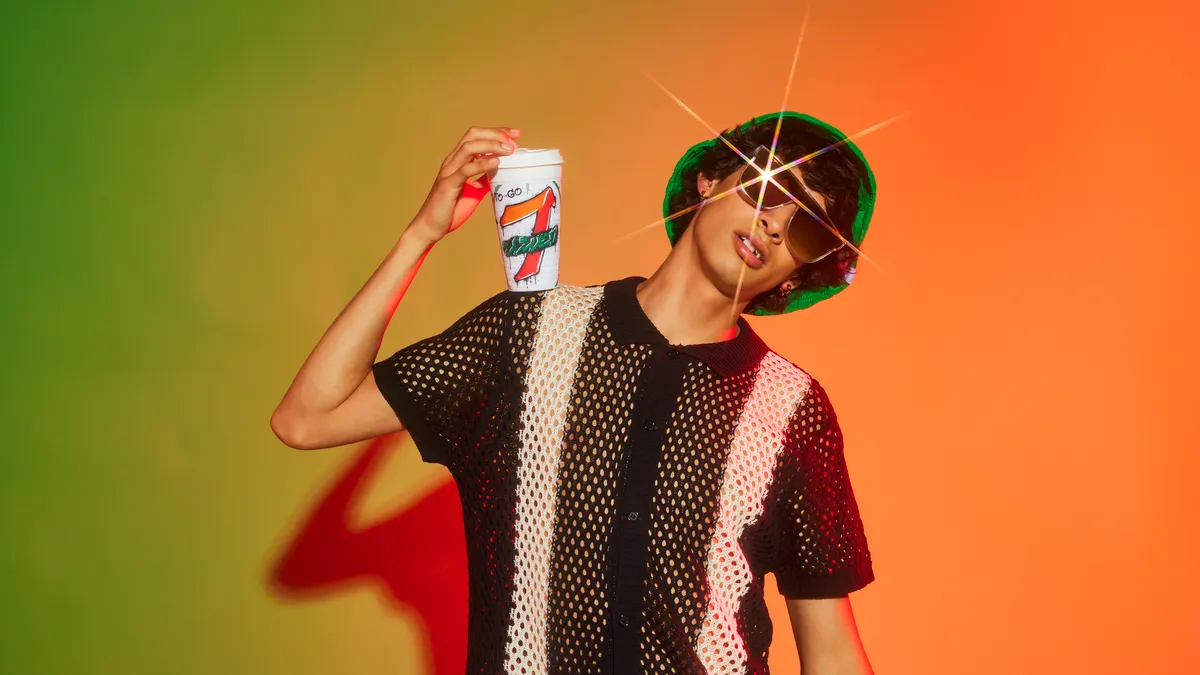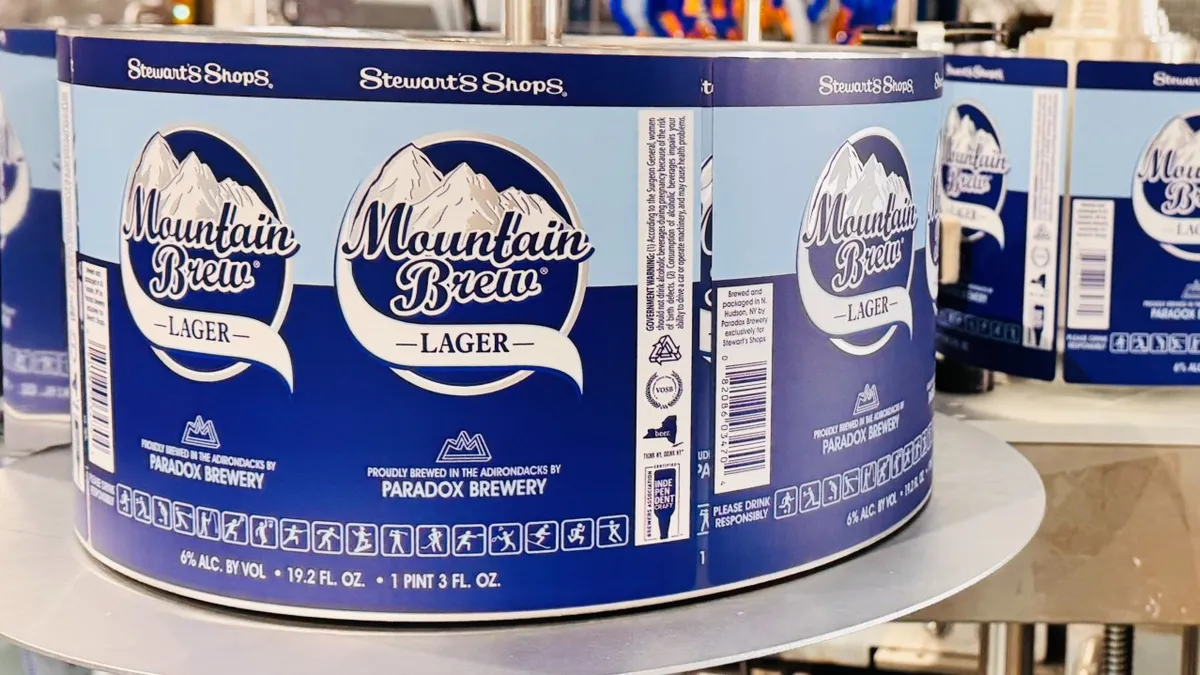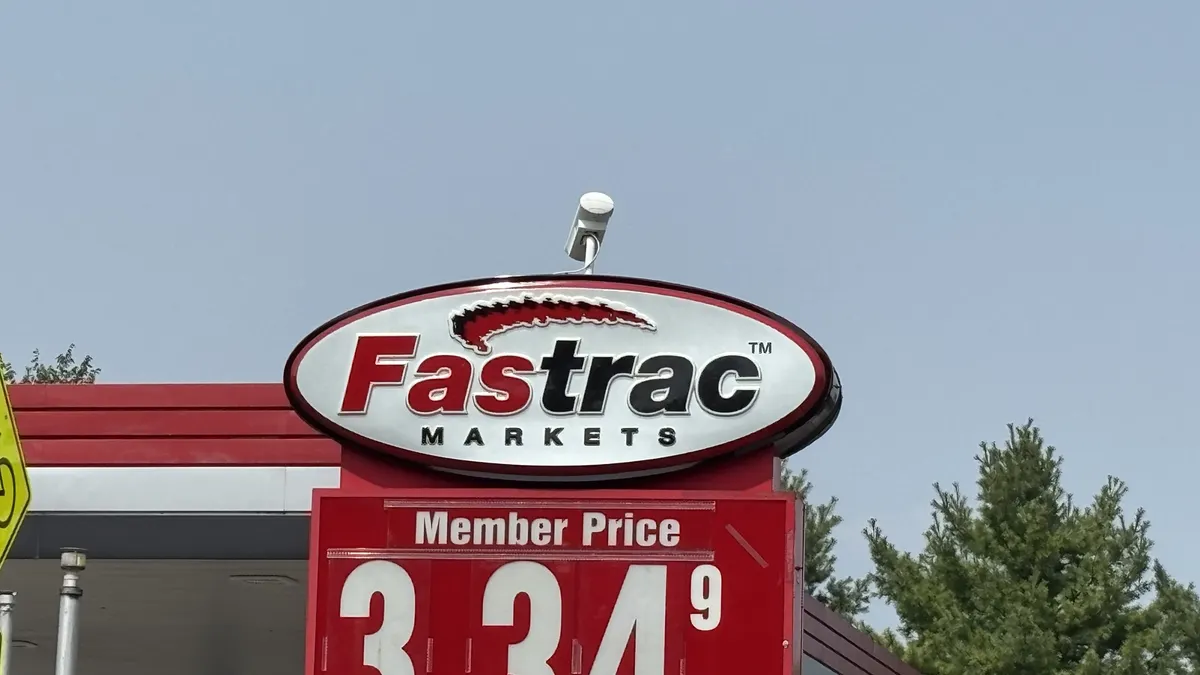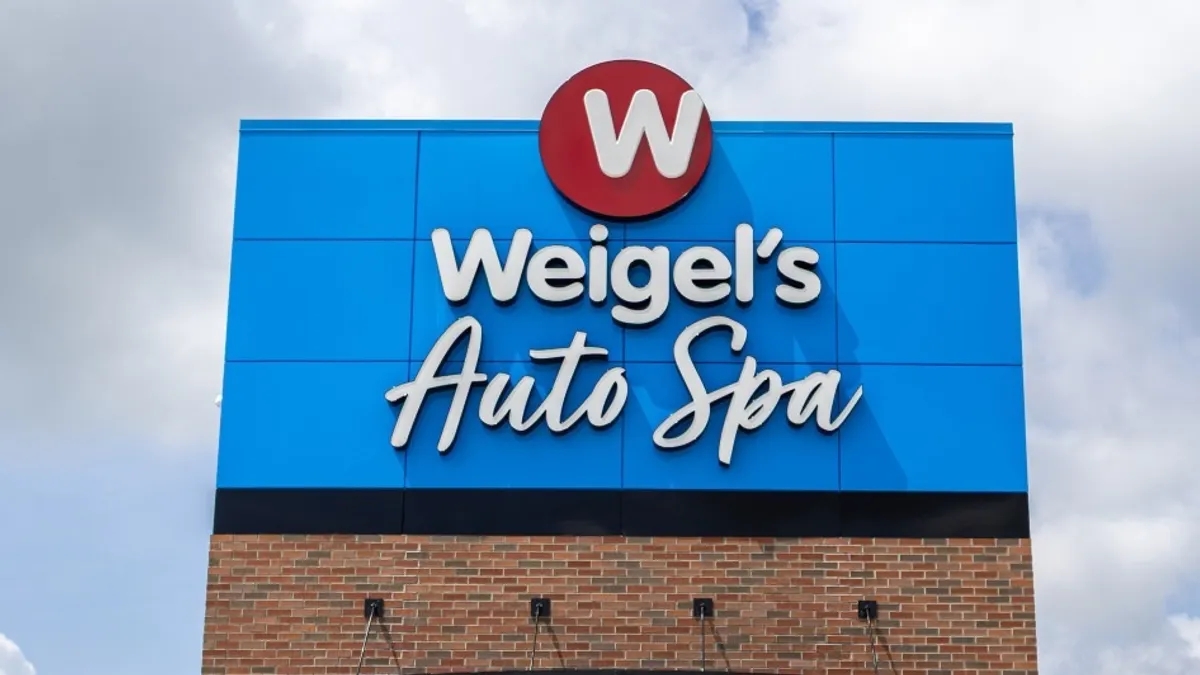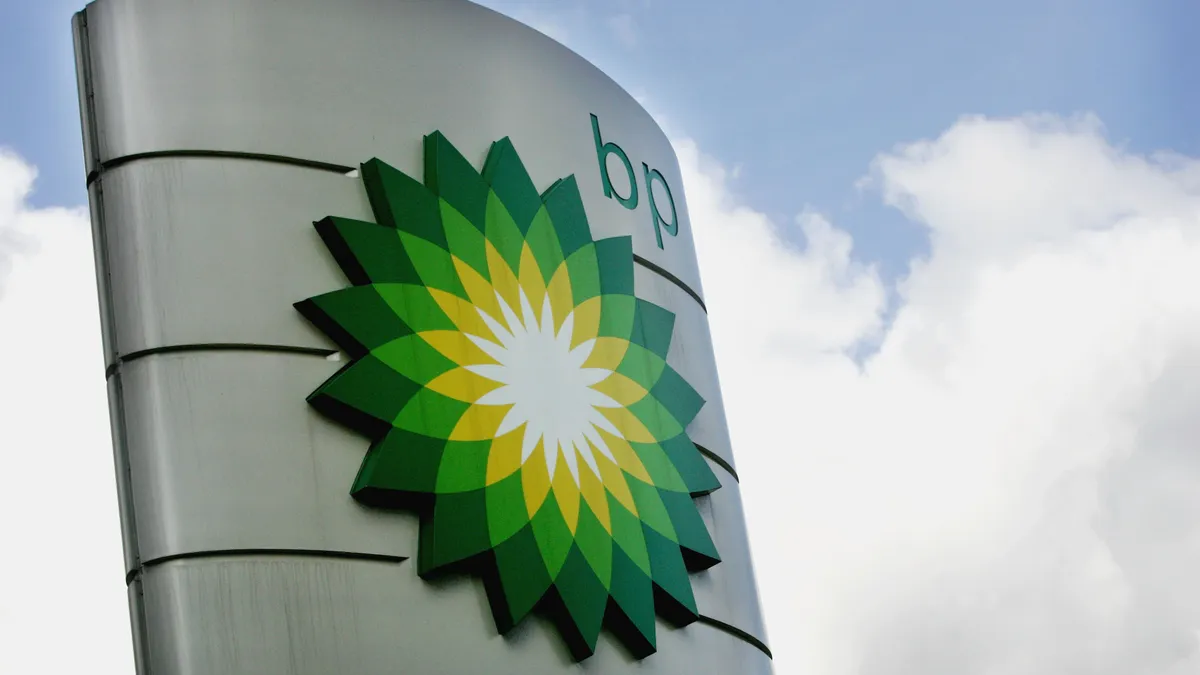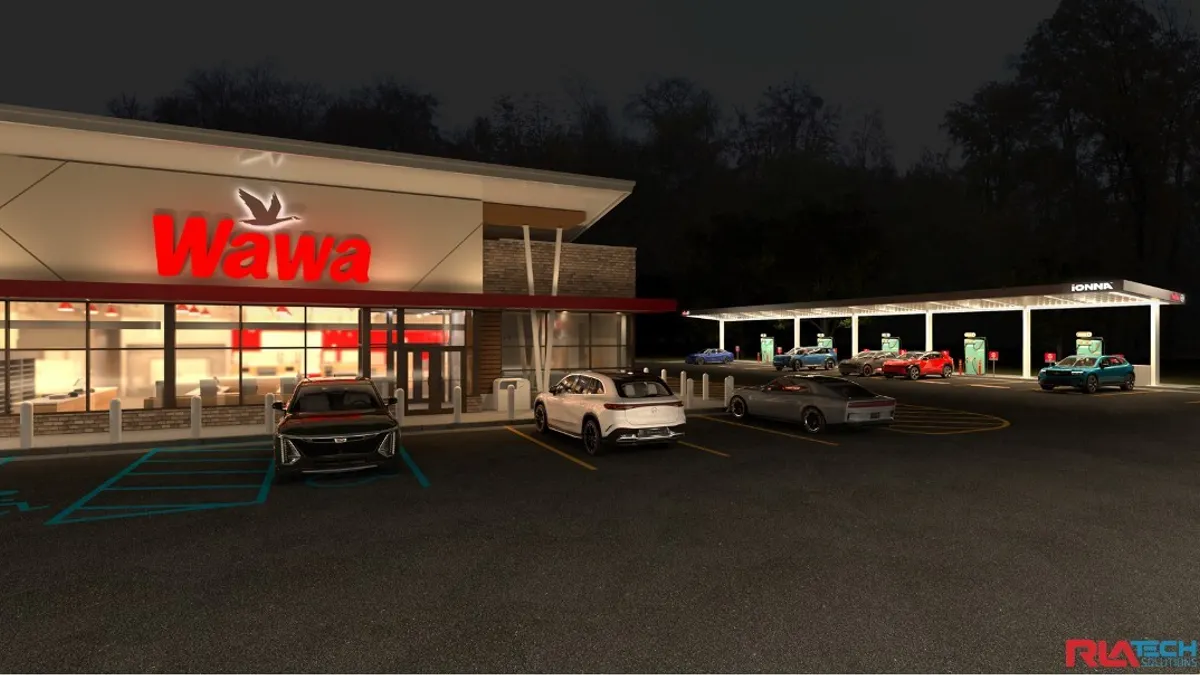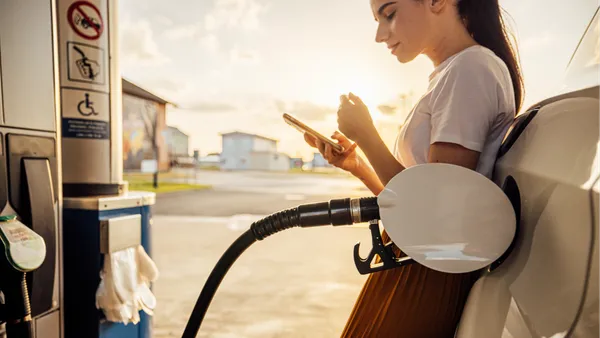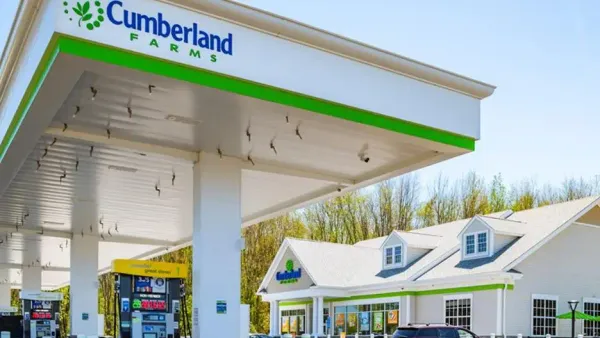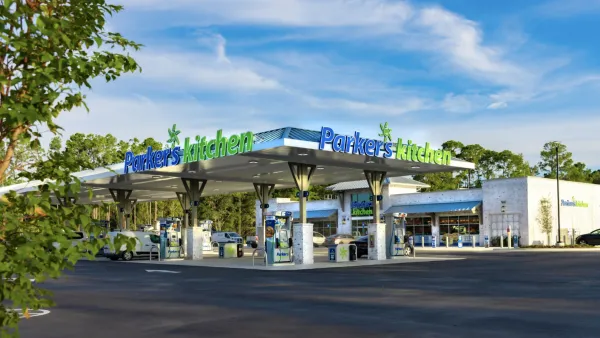7-Eleven’s aim to have one of the biggest commercial radio stations in America is close to fruition.
Gulp Radio, the c-store retailer’s partnership with Qsic, an audio-based retail media company, was in more than 4,000 stores as of April, and expectations are for it to be broadcasting in more than 12,000 7-Eleven, Speedway and Stripes locations by the end of July — well ahead of estimates from when the partnership was first announced.
The new venture is a recent addition to 7-Eleven’s Gulp Media, the c-store industry’s largest retail media network that’s capitalizing on a sprawling network of stores serving millions of customers.
“Recognizing that over 90% of convenience store transactions still occur in-store and since most of the products we sell are impulse purchases, it felt like a natural next step in our store evolution,” said Mario Mijares, vice president of marketing, loyalty and monetization platforms with 7-Eleven Inc. “This meant that in-store media had to be a core component of the Gulp Media offer.”
While there are many pieces to retail media, audio carries a few unique benefits, noted Nick Larkins, co-founder and chief product officer with QSIC.
Audio can blanket an entire store and reach every shopper that steps inside. And the stores can thread in music between the promotions that can enhance the customer experience.
“We have purpose-built [Qsic] for retailers and CPGs to basically engage shoppers at the point of purchase via providing music as experience, but also value-added messaging and advertising,” Larkins said.
Building an audio retail media program
While many of 7-Eleven’s stores have had in-store audio for years, adding it to the company’s retail media network began with the Qsic partnership in November 2024, said Mijares.
The partnership leverages smart speakers, which are connected through ethernet cables to a network switch, and then music and ads are automatically piped in.
“We have configured the system so that when those speakers come online, it knows exactly what to do, so you don't need to sit and program anything on site,” said Larkins. “We've just literally made a plug and play.”
“Recognizing that over 90% of convenience store transactions still occur in-store and since most of the products we sell are impulse purchases, [in-store media] felt like a natural next step in our store evolution.”

Mario Mijares
Vice president of marketing, loyalty and monetization platforms with 7-Eleven Inc.
In addition to the speakers, Qsic also puts a sensor in each store to measure the decibel level, ensuring the volume is audible but not overwhelming.
“We'll measure how loud a store is, and then we can automate the volume level based on how loud it is,” Larkins said.
The sensor can also help with compliance, since it registers if and how loud the ad played, adding a guarantee that advertisers couldn’t get with speakers alone. The networked solutions allow many problems to be fixed remotely, Larkins added.
The technology doesn’t require much if any tinkering from in-store employees and gives 7-Eleven plenty of flexibility.
“Qsic streams individual audio streams into each store, so the ads can be targeted by location and by time,” said Mijares. “In the future, Qsic will also leverage our in-store transactional data to optimize frequency and efficiency of ads.”
The ads also use text-to-voice AI and thus don’t need a voice actor, “which gives us incredible flexibility,” said Mijares.
Additionally, Qsic also has the ability to “zone” audio, meaning that the sounds playing in one part of the store may be different than those in another area, said Larkins. This could be used to play beer ads near a beer cooler, for example.
7-Eleven is testing this capability in its stores, Mijares said.

Gulp Radio programming
With the program less than a year old, 7-Eleven is still learning how to optimize its audio ads. But it has already made a few key findings. For instance, short ads — those that typically last seven to 12 seconds — with no background music that mention the product name in the first third have performed better for Gulp Media than other configurations.
This data has helped 7-Eleven work with advertisers to craft more effective campaigns.
“For example, an energy drink brand planned a 30- second ad for 7-Eleven stores, but the 7-Eleven team advised that long-form audio wouldn’t be effective given the quick, point-of-sale environment,” said Mijares. “The brand cut the ad to a simple 7–8 second version, which ultimately delivered much stronger results than the original format.”
Short, punchy ads make sense in c-stores, Larkins said, because of the high level of impulse shopping done there. NACS reported that roughly a fifth of c-store shoppers make an impulse buy in-store.
In addition to ads from third parties, 7-Eleven also makes space for its own offerings.
“By leveraging the same high-performing channels used by external advertisers, 7-Eleven effectively highlights private brands and proprietary foodservice items, such as Slurpee drinks and Big Bite hot dogs,” said Mijares.
So far, the numbers look good. Products advertised on Gulp Radio see an average sales lift of between 5% and 9%, with a recent Slurpee promotion seeing unit sales growth of 11%. Mijares noted that 7-Eleven’s internal promotions are particularly impactful “during impulse purchasing occasions.”
Larkins noted this is also an important aspect of retail media, saying “there also is this huge benefit to communicating with your customers on these channels around things that you're doing as your own brand.”



